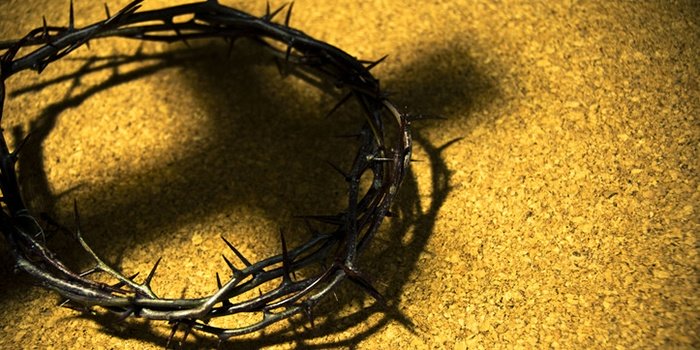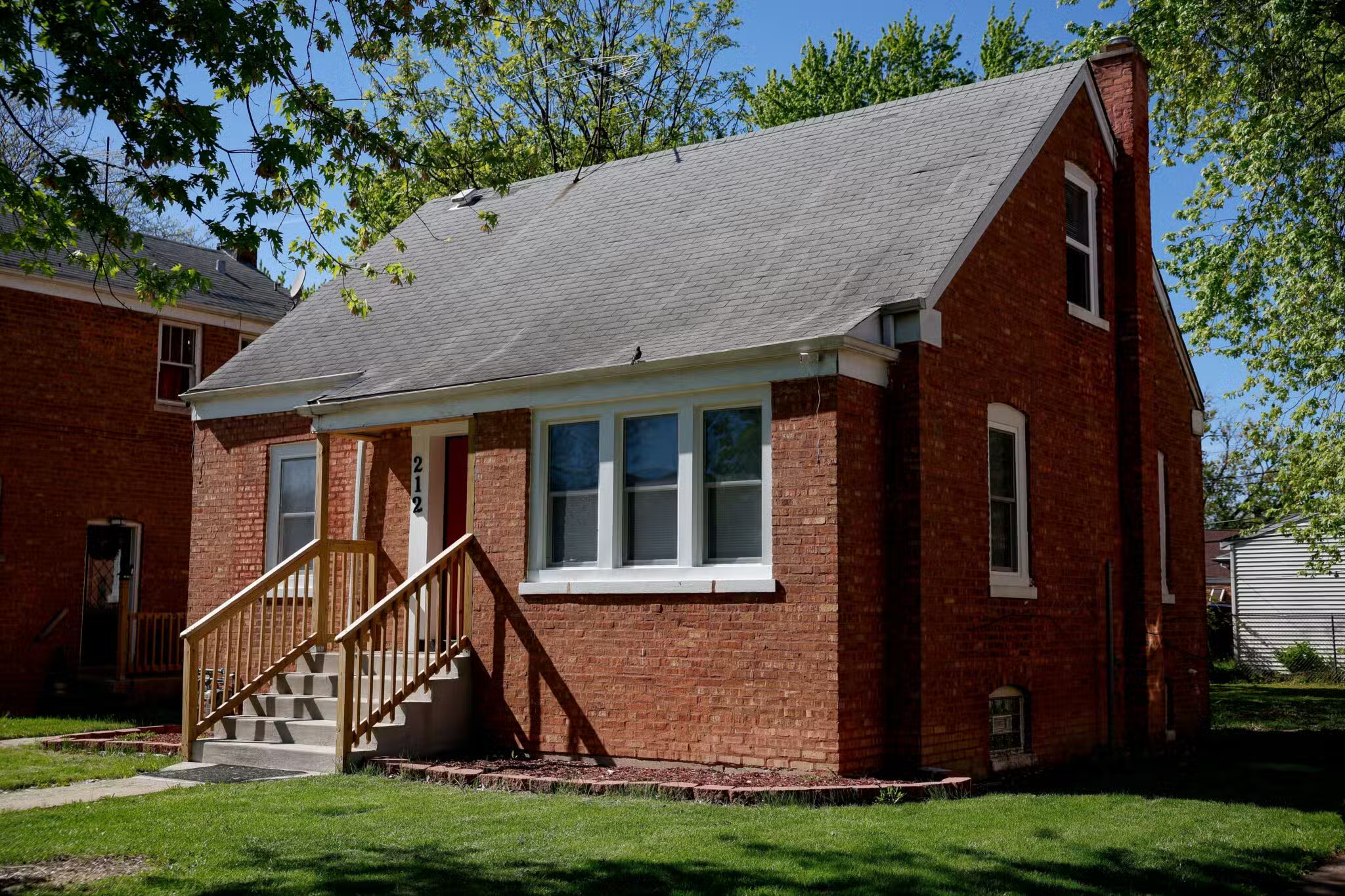I understand that parts of Jesus’ crown of thorns are in Jerusalem, Paris, and Rome. Who found them? Are these really from Jesus’ crown? Is there a devotion to them?
According to the New Catholic Encyclopedia, this relic was venerated in Jerusalem until it was taken to Constantinople (modern-day Istanbul) in 1063. Emperor Baldwin II (1118â1131) sold it to St. Louis IX, king of France, who in 1248 built the exquisite Sainte-Chapelle in Paris to house this relic, which is now in the Notre Dame Cathedral in Paris.
Early in the fourth century, St. Helena, mother of Emperor Constantine, organized excavations in Jerusalem on the site of a pagan temple intended to wipe out the memory of where Jesus was buried. Helena brought back to Rome several relics of Jesus’ passion, which were eventually housed in a chapel built as part of her palace, located on the site of the pagan temple to the Unconquered Sun. An 11th-century church was renovated seven centuries later in the Baroque style and is now the Basilica of Santa Croce in Gerusalemme (not far from St. John Lateran and St. Mary Major). The relic chapel here may have two thorns from Christ’s crown of thorns. St. Helena also brought back steps thought to have been part of Pilate’s residence in Jerusalem. These are the Holy Steps (Scala Sancta) next to St. John Lateran.
I have not been able to find a reference to any part of this in Jerusalem itself.
These relics remind us of Jesus’ passion, death, and resurrection. Our faith is firmly rooted in the paschal mystery whether or not all the thorns, pieces of the cross on which he died, the Shroud of Turin, and other relics are genuine. Answers about their authenticity will come at the Last Judgment.








